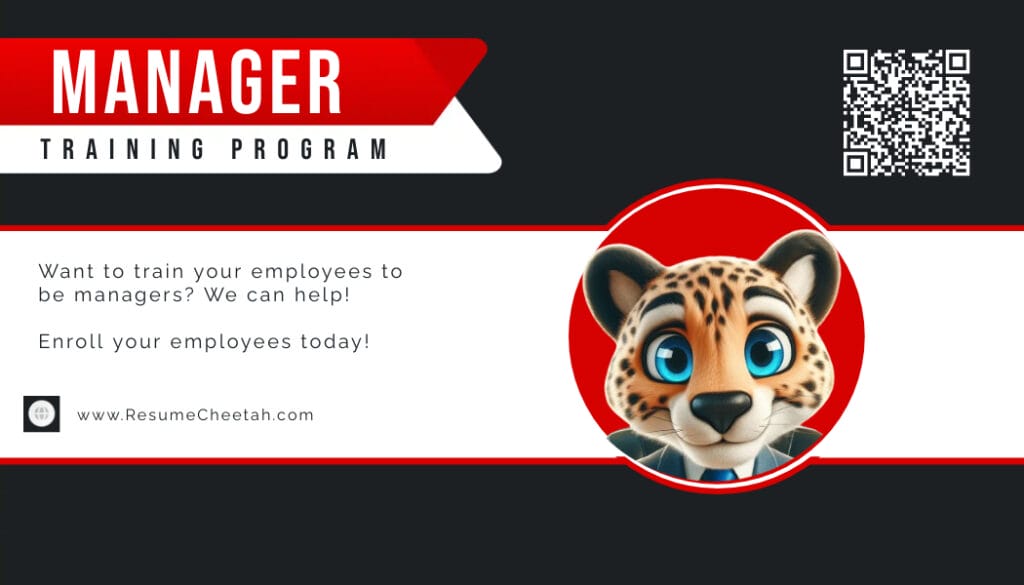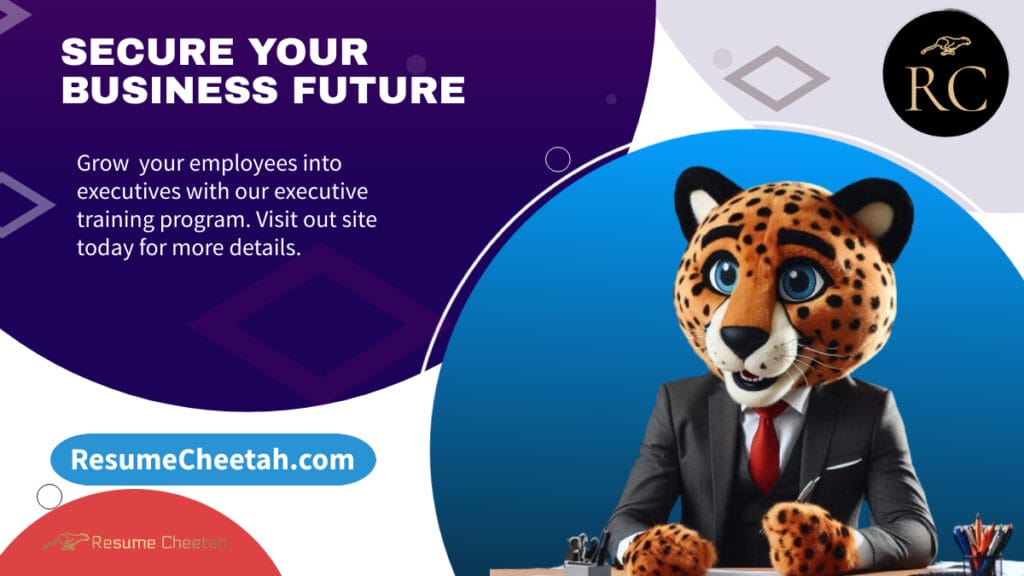Succession planning is a critical aspect of any organization’s long-term success. It involves identifying and developing potential future leaders within the company to ensure a smooth transition when key positions become vacant. Without a solid succession plan in place, organizations risk facing disruptions, loss of institutional knowledge, and decreased morale among employees. Succession planning is not just about filling a position when it becomes vacant, but also about developing a pipeline of talent to ensure the organization’s continued success. It is a proactive approach to talent management that can help organizations stay ahead of the curve and maintain a competitive edge in the market.

The Cost of Hiring an External Candidate
Hiring an external candidate to fill a key position can be a costly endeavor for organizations. Not only do they have to invest time and resources in the recruitment process, but they also have to consider the costs associated with onboarding and training the new hire. Additionally, external candidates may require higher compensation packages to entice them to leave their current positions, further adding to the financial burden on the organization. Furthermore, there is no guarantee that an external candidate will be a good fit for the organization’s culture and values, which can lead to a high turnover rate and further financial losses. Overall, the cost of hiring an external candidate can be significant and may not always yield the desired results.
On top of the financial costs, hiring externally can also have a negative impact on employee morale. Internal candidates who have been overlooked for a promotion in favor of an external hire may feel undervalued and may become disengaged in their work. This can lead to decreased productivity and increased turnover among existing employees, further adding to the overall cost of hiring externally.
The Benefits of Promoting an Internal Candidate
Promoting an internal candidate can bring numerous benefits to an organization. Internal candidates are already familiar with the company’s culture, values, and processes, which means they can hit the ground running and require less time for onboarding and training. They also have a proven track record within the organization, which can provide a level of confidence in their ability to succeed in a new role. Additionally, promoting from within can boost employee morale and motivation, as it demonstrates that the organization values and rewards internal talent. This can lead to increased loyalty and commitment among employees, ultimately contributing to a more stable and engaged workforce.
Furthermore, promoting internal candidates can also be a cost-effective solution for organizations. Internal candidates typically require lower compensation packages than external hires, as they are already familiar with the organization and may not require as much incentive to make a move. This can result in significant cost savings for the organization, especially when considering the long-term impact of promoting from within.

The Potential Risks of Hiring Externally
While hiring externally may seem like a quick fix for filling a vacant position, it comes with its own set of risks. External candidates may lack familiarity with the organization’s culture and processes, which can lead to a longer adjustment period and decreased productivity. Additionally, there is no guarantee that an external candidate will be a good fit for the organization, which can result in high turnover rates and further disruptions within the company. Furthermore, external hires may bring in new ideas and perspectives, but they may also face resistance from existing employees who are accustomed to the status quo. This can lead to conflicts and decreased collaboration within the organization.
Another potential risk of hiring externally is the lack of institutional knowledge that external candidates bring to the table. Internal candidates have a deep understanding of the organization’s history, values, and goals, which can be invaluable in driving the company forward. External hires may take longer to grasp this knowledge, which can result in missed opportunities and strategic missteps. Overall, hiring externally comes with its own set of risks that organizations need to carefully consider before making a decision.
The Long-Term Impact of Succession Planning
Succession planning is not just about filling immediate vacancies; it is about building a sustainable talent pipeline for the future. Organizations that invest in succession planning are better equipped to handle unexpected departures and changes in leadership, as they have already identified and developed potential successors within the company. This can lead to smoother transitions, decreased disruptions, and increased stability within the organization. Additionally, succession planning can help organizations identify and nurture high-potential employees, ultimately leading to a more engaged and motivated workforce.
Furthermore, succession planning can also have a positive impact on an organization’s reputation and employer brand. When employees see that the organization is committed to developing internal talent and providing opportunities for growth, they are more likely to feel valued and invested in their careers. This can lead to increased loyalty and commitment among employees, ultimately contributing to a more positive workplace culture. Overall, succession planning has long-term benefits that extend beyond just filling immediate vacancies.

Strategies for Effective Succession Planning
Effective succession planning requires a strategic approach that involves identifying high-potential employees, providing them with development opportunities, and creating a clear path for advancement within the organization. One key strategy is to establish clear criteria for identifying potential successors, such as leadership qualities, technical skills, and cultural fit. This can help organizations identify employees who have the potential to succeed in key positions and provide them with targeted development opportunities.
Another important strategy is to provide ongoing training and development for high-potential employees. This can include mentorship programs, leadership training, and stretch assignments that challenge employees to develop new skills and competencies. By investing in their development, organizations can ensure that potential successors are well-prepared to take on new roles when the time comes.
Additionally, organizations should create clear career paths and advancement opportunities for high-potential employees. This can include regular performance evaluations, feedback sessions, and discussions about future career goals. By providing employees with a clear understanding of their potential career trajectory within the organization, organizations can increase employee engagement and motivation.
Making the Case for Internal Promotion
In conclusion, succession planning is a critical aspect of talent management that can have significant long-term benefits for organizations. While hiring externally may seem like a quick fix for filling vacant positions, it comes with its own set of risks and costs. Promoting internal candidates, on the other hand, can bring numerous benefits such as cost savings, increased employee morale, and decreased disruptions within the organization.
By investing in succession planning and promoting from within, organizations can build a sustainable talent pipeline for the future and ensure their continued success in the market. It requires a strategic approach that involves identifying high-potential employees, providing them with development opportunities, and creating clear paths for advancement within the organization. Ultimately, succession planning is not just about filling immediate vacancies; it is about building a strong foundation for long-term success.
